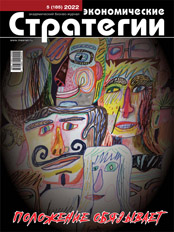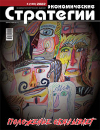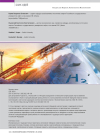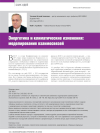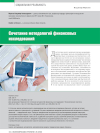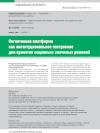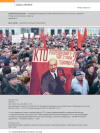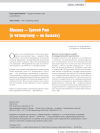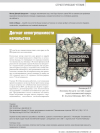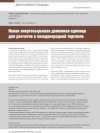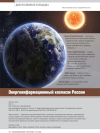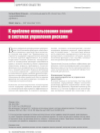Determining the Optimum Power Supply Configuration of an Isolated Mining Industry Facility Using a Autonomous Hybrid Power Plant Including a Hydrogen Energy Storage System
DOI: https://doi.org/10.33917/es-5.185.2022.146-156
The article gives a brief description of the concept of autonomous hybrid power plant with hydrogen energy storage system, lists the main elements of the power complex and their characteristics, describes the technical and economic model and calculation algorithms, allowing to obtain a pre-project vision of the power complex, as well as to make an operational assessment of the economic feasibility of its introduction into the power supply system of mining industry facilities in isolated and hard-to-reach territories of the Russian Federation.
References:
1. Ob”ekty generatsii v izolirovannykh i trudnodostupnykh territoriyakh v Rossii [Generation Facilities in Isolated and Hard-to-reach Territories in Russia]. Analiticheskii tsentr pri Pravitel’stve Rossiiskoi Federatsii, 2020, available at: https://ac.gov.ru/uploads/2-Publications/analtika/A2.pdf.
2. MakKraken M. Nakoplenie energii kak sposob radikal’no sokratit’ uglerodnye vybrosy [Energy Storage as a Way to Radically Reduce Carbon Emissions]. Vestnik tsentra Organizatsii Ob”edinennykh Natsii po promyshlennomu razvitiyu. YuNIDO, 2012, N 8, pp. 66–71.
3. Shafiev D.R., Trapeznikov A.N., Khokhonov A.A., Agarkov D.A., Bredikhin S.I., Chichirov A.A., Subcheva E.N. Metody polucheniya vodoroda v promyshlennom masshtabe. Sravnitel’nyi analiz [Industrial-scale Hydrogen Production Methods. Comparative Analysis]. Uspekhi v khimii I khimicheskoi tekhnologii, 2020, no 12 (235), pp. 53–57, available at: https://elibrary.ru/download/elibrary_44712152_30607278.pdf.
4. Tarasov B.P., Lototskii M.V., Yartys’ V.A. Problema khraneniya vodoroda i perspektivy ispol’zovaniya gidridov dlya akkumulirovaniya vodoroda [Hydrogen Storage Problem and Prospects of Using Hydrides for Hydrogen Accumulation]. Rossiiskii khimicheskii zhurnal, 2006, no 6, pp. 34–48, available at: https://www.elibrary.ru/item.asp?id=9503259.
5. Wolf E. Large-Scale Hydrogen Storage. Electrochemical Energy Storage for Renewable Sources and Grid Balancing, 2015.
6. Il’kovskii K.K., Karpov V.E. Metodika provedeniya operativnoi otsenki investitsionnoi privlekatel’nosti modernizatsii elektrostantsii v izolirovannykh I trudnodostupnykh raionakh [Methodology of Operational Assessment of Investment Attractiveness of Modernization of Power Plants in Isolated and Hard-to-reach Areas]. Mikroekonomika, 2021, no 3, pp. 75–85, available at: DOI: https://doi.org/10.33917/mic-3.98.2021.75-85.


